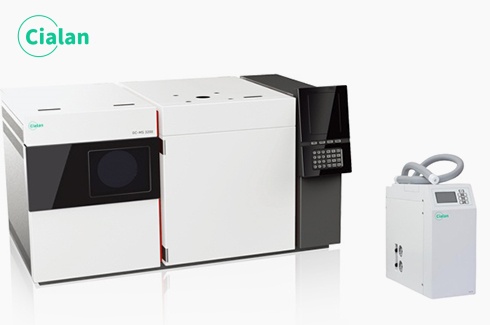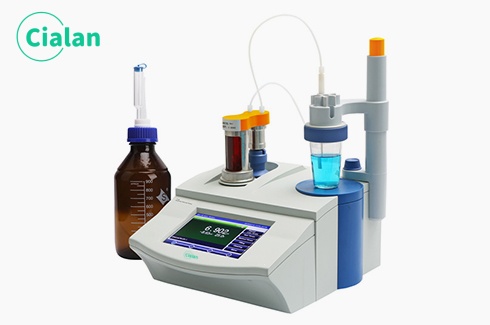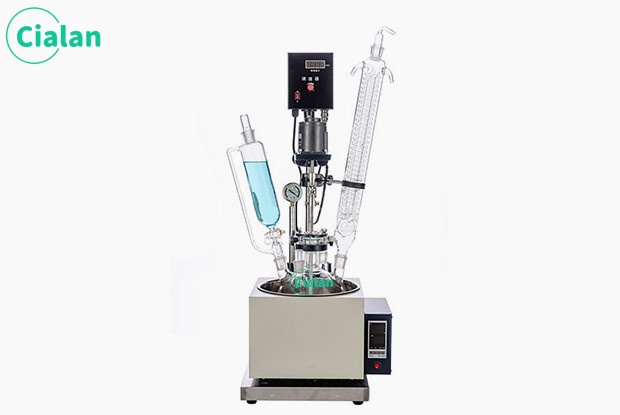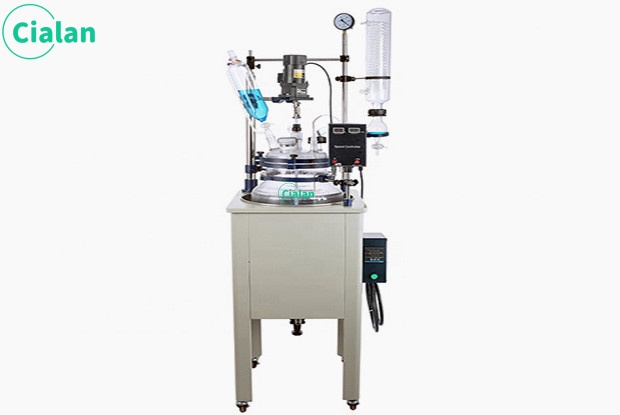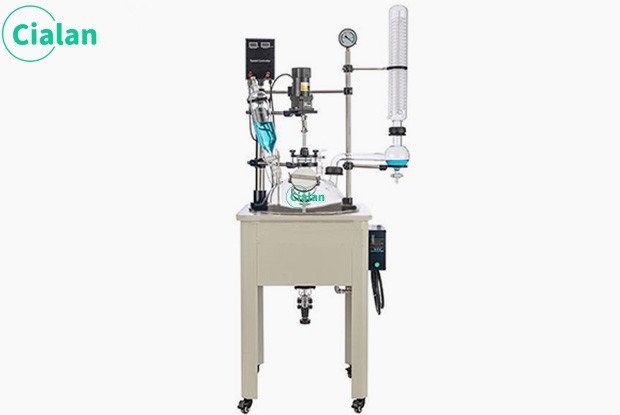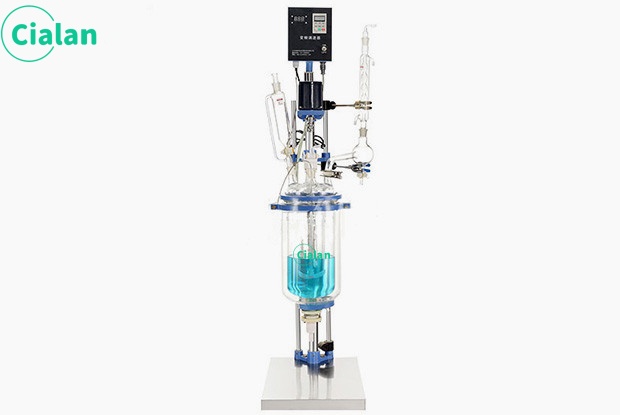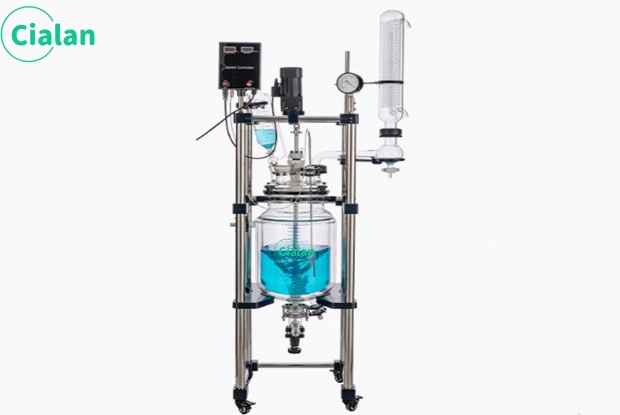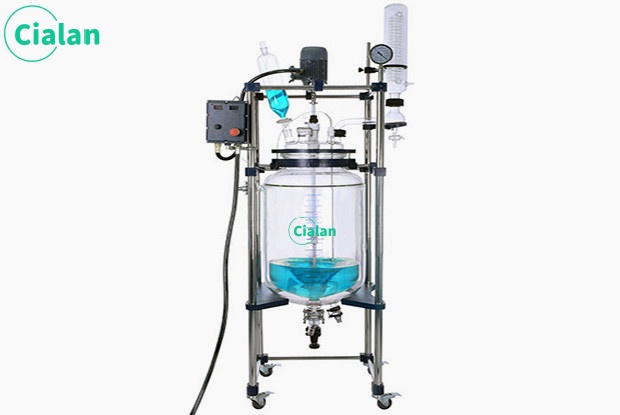Notice! Three incorrect operations may cause an explosion in a double-layer glass reactor.
The explosion of double-layer glass reactors is very dangerous and poses a threat to people's lives and property during production tests. It is urgent to understand the reasons for the explosion of double-layer glass reactors and effectively curb the occurrence of this phenomenon.

1. Violent reaction of materials will cause the reactor to explode.
Problem:
Some chemical reactions are exothermic. When the reaction temperature exceeds the specified temperature, a large amount of gas is produced by the violent cracking reaction of the material, which greatly increases the air pressure in the kettle, thus deforming the inner wall of the double-layer glass reactor and causing a large area of porcelain explosion.
Solution:
First, pay attention to controlling changes in the reaction temperature of the materials during operation to prevent violent reactions caused by excessive temperatures; second, install a pressure relief device to automatically reduce the pressure when the pressure in the kettle increases.
Second, the moment the two materials come into contact, a large amount of reaction heat is generated. When the materials are close to the wall of the kettle, heat is released, causing a sudden change in temperature difference, causing multiple point-like explosions.
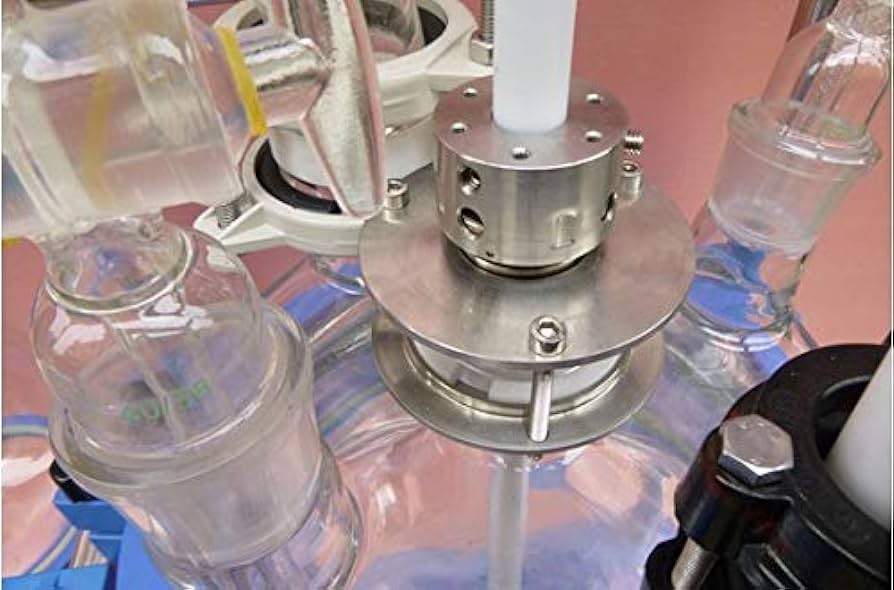
2. Overpressure of the jacket will cause the reactor to explode.
Problem:
When a chemical enterprise uses steam output from a power plant to provide heat for production, the steam output from the power plant must be decompressed before it can be used. Once the pressure-reducing valve fails, or the safety valve of the steam buffer tank fails, the high-pressure steam output from the power plant is directly input to the double-layer glass reactor jacket, causing the jacket to overpressure, and the kettle wall to bulge due to instability due to external pressure, causing a large-scale explosion. porcelain.
Solution:
Install an additional pressure-reducing valve based on the existing pressure-reducing device, and change the first-level pressure reduction to the second-level pressure reduction to achieve double insurance. In addition, the working condition of the pressure-reducing valve should be checked frequently and replaced immediately if problems are found. Some people need to check whether the steam safety valve is in the correct working condition, especially the spring safety valve, which must be kept working in a clean environment without corrosion or jamming.
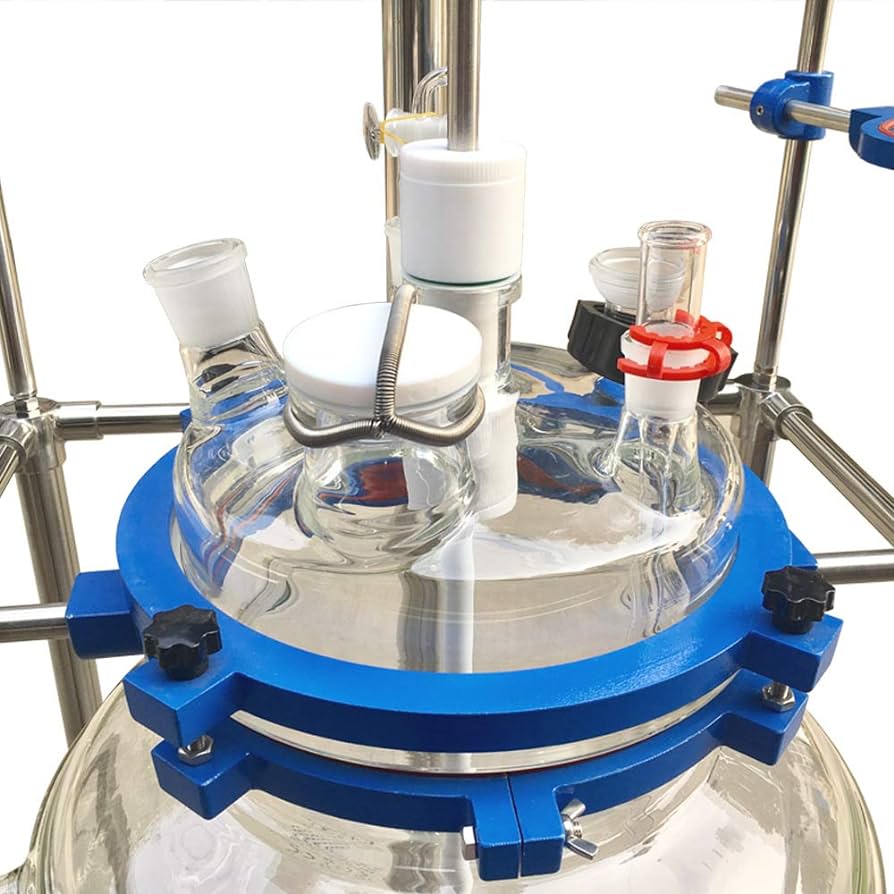
3. Poor enameling temperature control may cause the double-layer glass reactor to explode.
The enameling furnace of the double-layer glass reactor is a temperature-controlled electric furnace. The temperature-controlled electric furnace is composed of several heating elements. The temperature of each heating zone is controlled by a computer. The temperature difference between each zone is very small. Equipment fired with this enameling furnace will not appear "burned" or "burned". However, many domestic glass-lined equipment manufacturing companies have backward production equipment.
Most of them do not have temperature-controllable electric furnaces, and some companies still use coal furnaces. To save costs, low-priced enamels with high melting points are used, and the enameling process adopts "high temperature and fast firing" instead of "low temperature and long firing" and "slow cooling after enameling". If the control is not good, either the temperature is high and a large number of pores appear when the low glaze is boiled, or the temperature is low and the base glaze, steel plate, and enamel layer are not fused.

1. Violent reaction of materials will cause the reactor to explode.
Problem:
Some chemical reactions are exothermic. When the reaction temperature exceeds the specified temperature, a large amount of gas is produced by the violent cracking reaction of the material, which greatly increases the air pressure in the kettle, thus deforming the inner wall of the double-layer glass reactor and causing a large area of porcelain explosion.
Solution:
First, pay attention to controlling changes in the reaction temperature of the materials during operation to prevent violent reactions caused by excessive temperatures; second, install a pressure relief device to automatically reduce the pressure when the pressure in the kettle increases.
Second, the moment the two materials come into contact, a large amount of reaction heat is generated. When the materials are close to the wall of the kettle, heat is released, causing a sudden change in temperature difference, causing multiple point-like explosions.

2. Overpressure of the jacket will cause the reactor to explode.
Problem:
When a chemical enterprise uses steam output from a power plant to provide heat for production, the steam output from the power plant must be decompressed before it can be used. Once the pressure-reducing valve fails, or the safety valve of the steam buffer tank fails, the high-pressure steam output from the power plant is directly input to the double-layer glass reactor jacket, causing the jacket to overpressure, and the kettle wall to bulge due to instability due to external pressure, causing a large-scale explosion. porcelain.
Solution:
Install an additional pressure-reducing valve based on the existing pressure-reducing device, and change the first-level pressure reduction to the second-level pressure reduction to achieve double insurance. In addition, the working condition of the pressure-reducing valve should be checked frequently and replaced immediately if problems are found. Some people need to check whether the steam safety valve is in the correct working condition, especially the spring safety valve, which must be kept working in a clean environment without corrosion or jamming.

3. Poor enameling temperature control may cause the double-layer glass reactor to explode.
The enameling furnace of the double-layer glass reactor is a temperature-controlled electric furnace. The temperature-controlled electric furnace is composed of several heating elements. The temperature of each heating zone is controlled by a computer. The temperature difference between each zone is very small. Equipment fired with this enameling furnace will not appear "burned" or "burned". However, many domestic glass-lined equipment manufacturing companies have backward production equipment.
Most of them do not have temperature-controllable electric furnaces, and some companies still use coal furnaces. To save costs, low-priced enamels with high melting points are used, and the enameling process adopts "high temperature and fast firing" instead of "low temperature and long firing" and "slow cooling after enameling". If the control is not good, either the temperature is high and a large number of pores appear when the low glaze is boiled, or the temperature is low and the base glaze, steel plate, and enamel layer are not fused.




